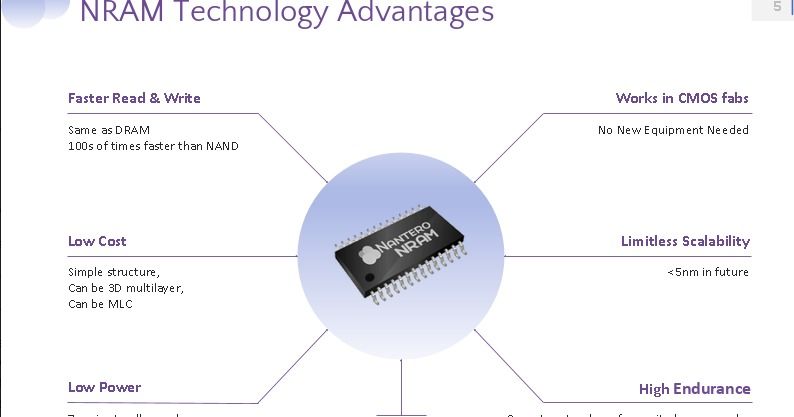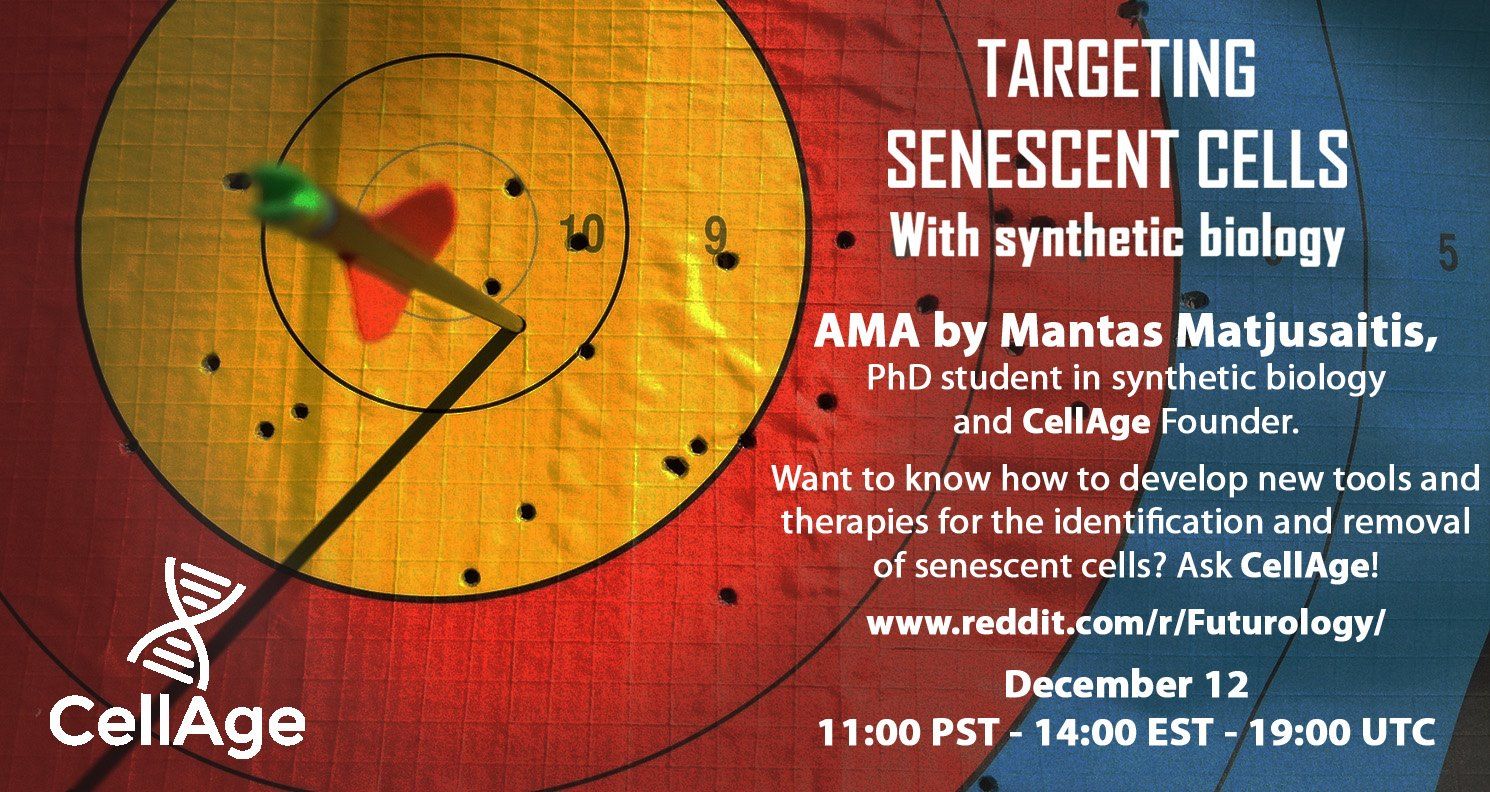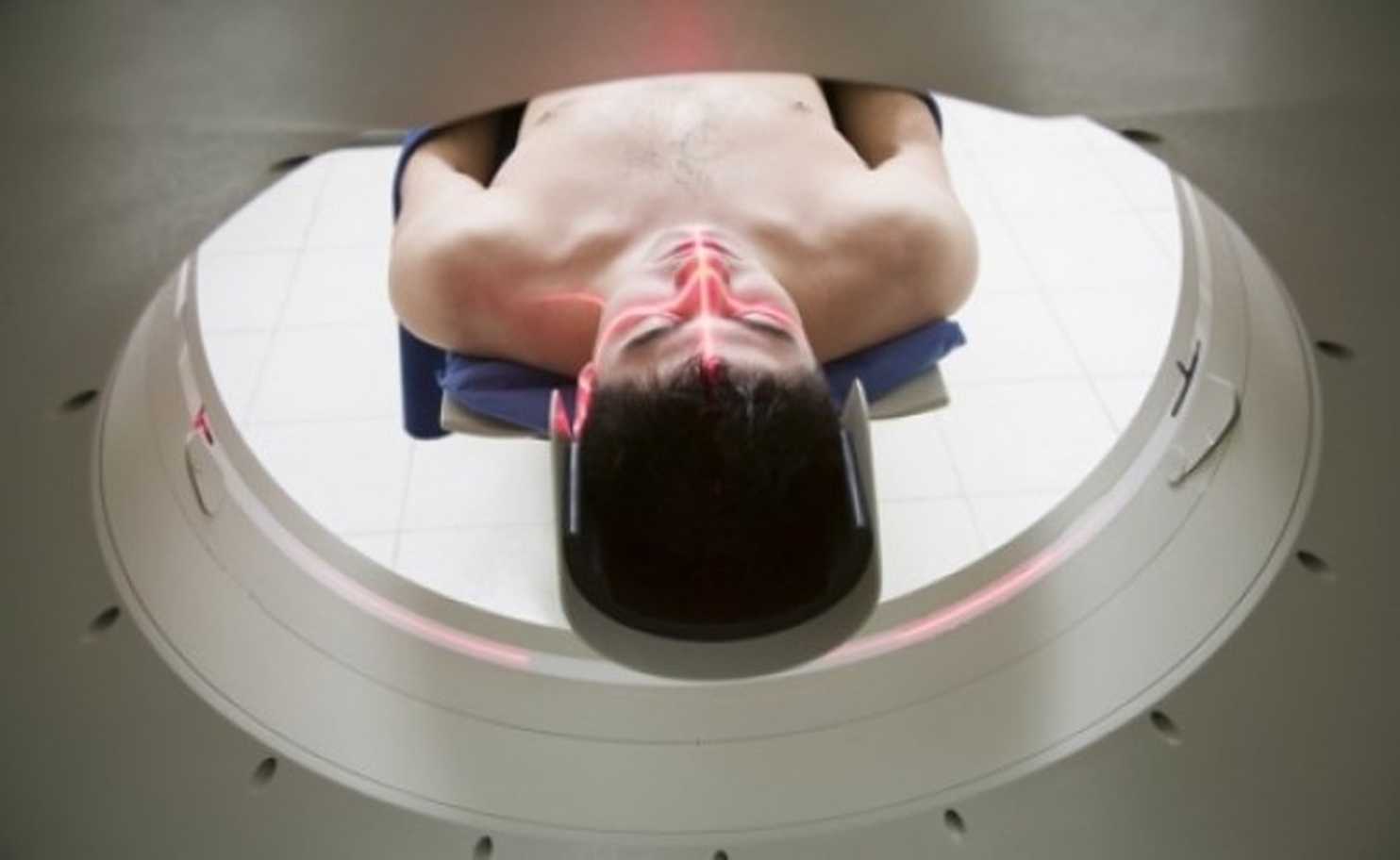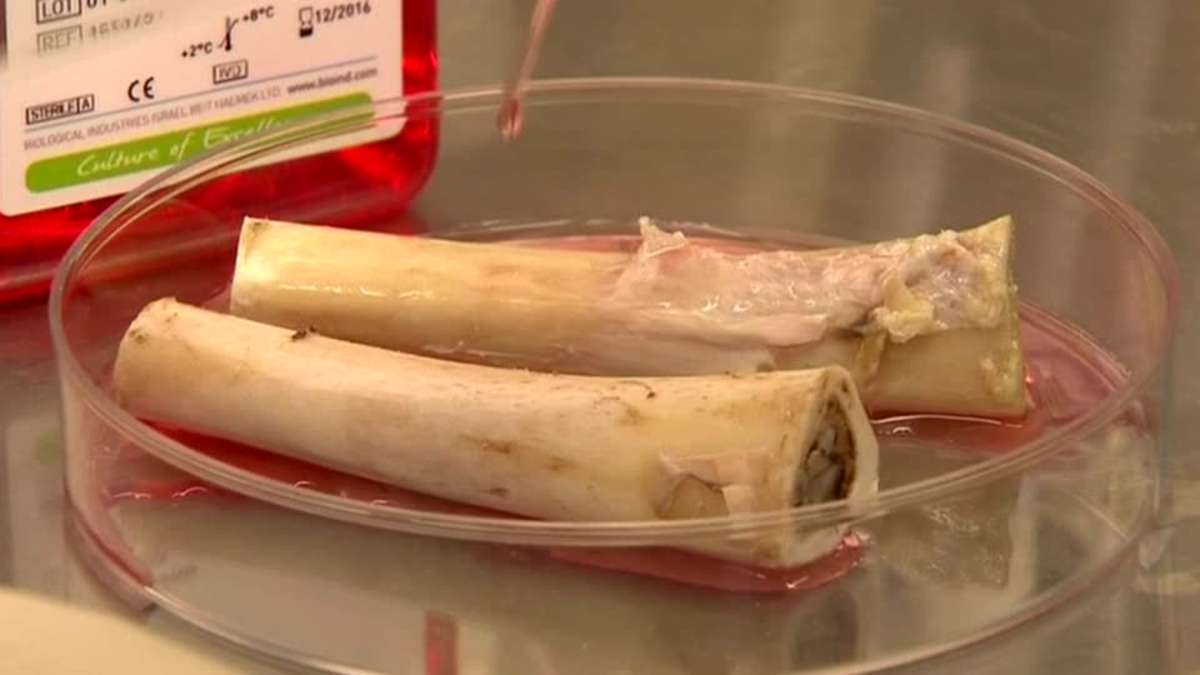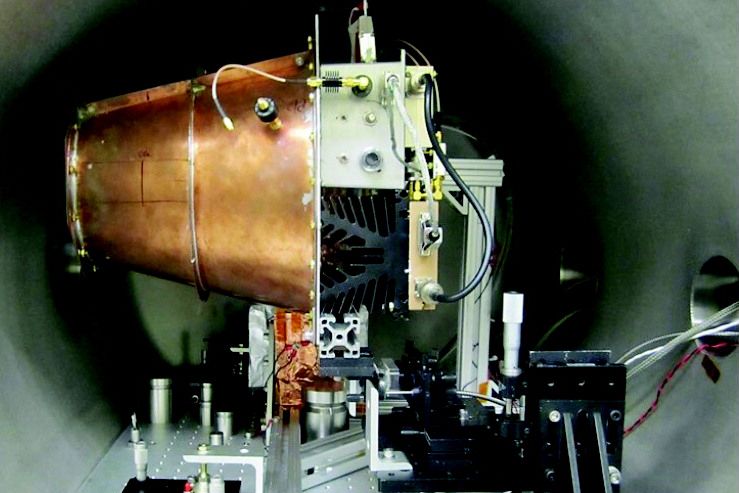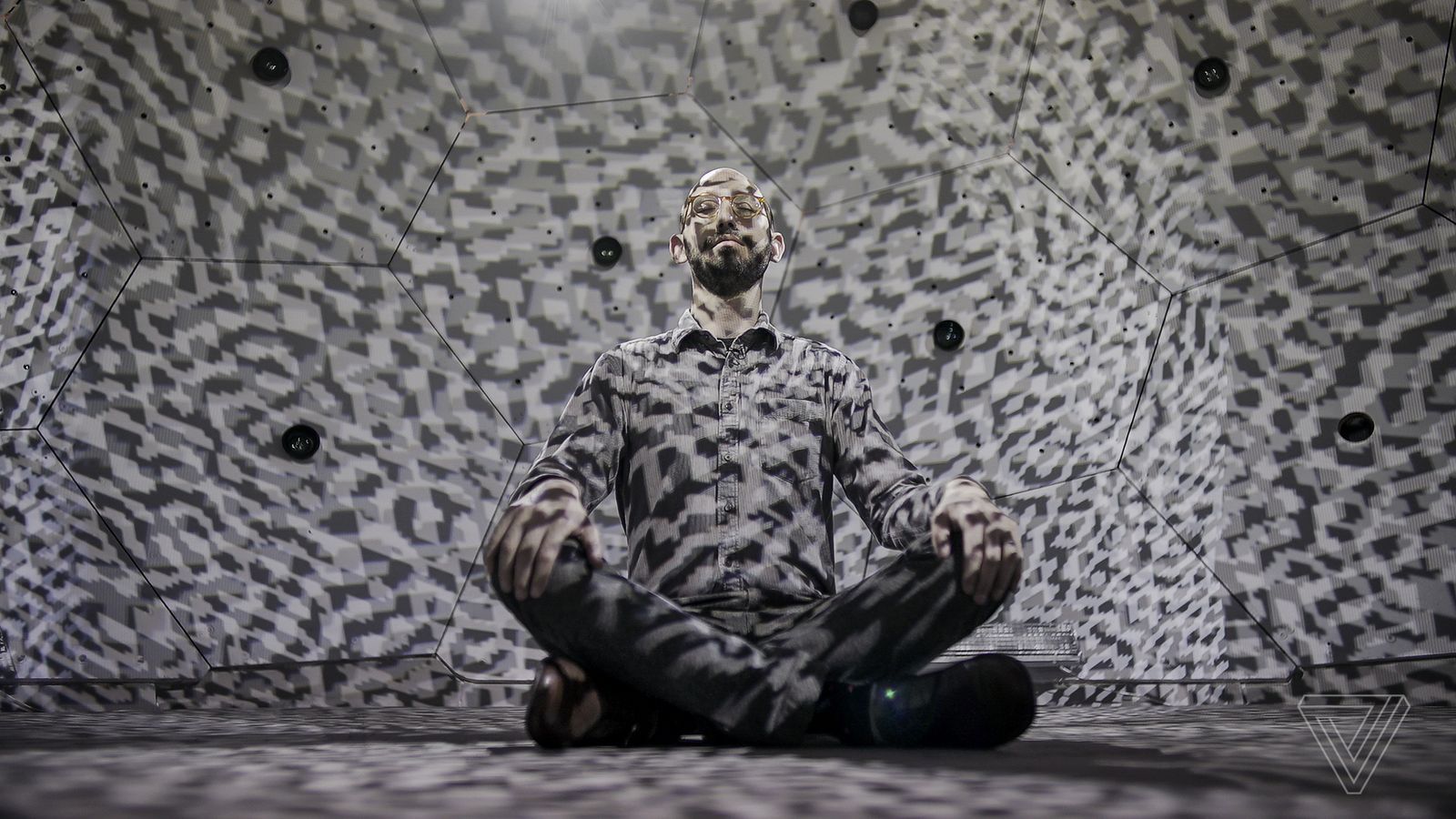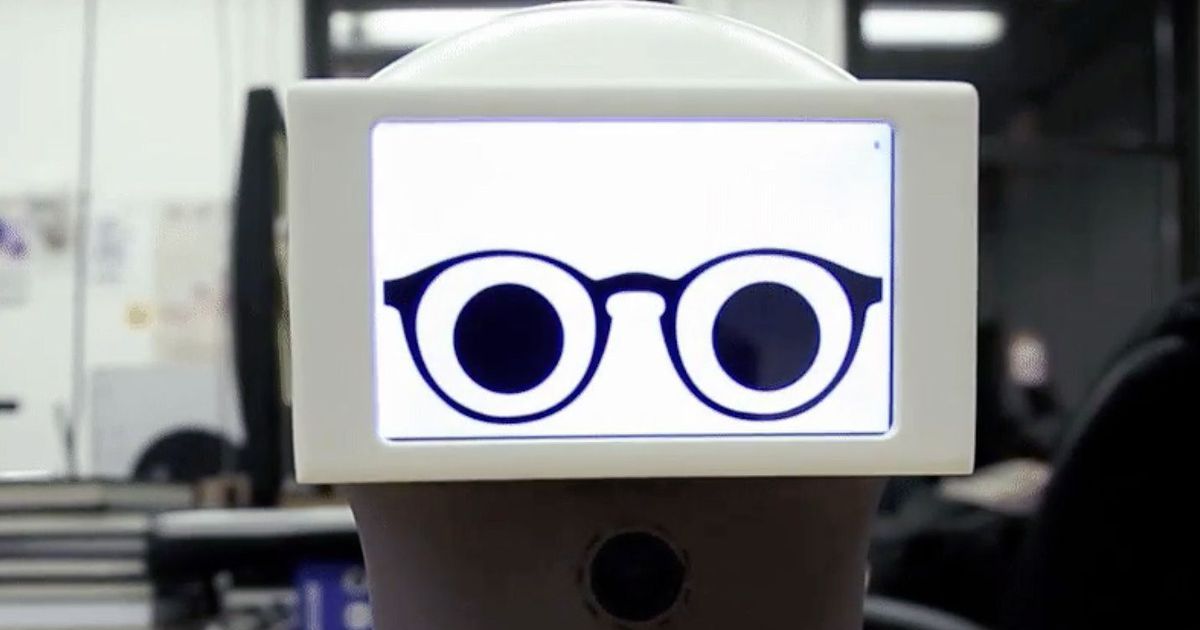Award-winning students from Washington State University are developing a low cost, innovative hydrogen fuel station for fuel cell electric vehicles.
Nantero Inc., the nanotechnology company developing next-generation memory using carbon nanotubes, today announced the closing of an over $21 million financing round. The lead investor in the round was Globespan Capital Partners and also included participation from both new and existing strategic and financial investors. Nantero currently has more than a dozen partners and customers in the consumer electronics, enterprise systems, and semiconductor industries actively working on NRAM®. The new funding will enable the company to support these partners in bringing multiple products into the market, while also enabling new customers to begin development. This financing round brings the total invested in Nantero to date to over $110 million.
“This round enables Nantero to accelerate its pace in product development, especially of its multi-gigabyte DDR4-compatible memory product,” said David Poltack, Managing Director, Globespan Capital Partners. “Nantero has multiple industry-leading customers who would like to receive NRAM even sooner. The fact that several of these customers, as well as key partners in the ecosystem, have decided to also invest in Nantero is a strong sign of confidence given how well they know Nantero and its product from years of working together.”
“The customer traction we’ve achieved at Nantero has been overwhelming, as evidenced by our recent announcement that NRAM had been selected by both Fujitsu Semiconductor and Mie Fujitsu Semiconductor,” said Greg Schmergel, Co-Founder & CEO of Nantero. “With this additional funding, we will be able to help these existing customers speed their time to market while also supporting the many other companies that have approached us about using Nantero NRAM in their next generation products.”
Senolytics meets Synthetic biology so come along and ask them anything!
Hey folks, We are excited to announce that the CellAge longform AMA opens Friday for questions and the CellAge team will answer them from Monday 11am PST/2pm EST/6pm GMT. We will update the link to the Futurology AMA once it is ready.
CellAge are using synthetic biology to create new biomarkers for senescent cell detection, developing a new therapy to remove senescent cells which drive the aging process using custom synthetic biology. Come along and ask them all about it.
Israel’s Bonus says lab-grown bones successfully transplanted. Jim Drury reports.
A lab-grown, semi-liquid bone graft has been successfully injected into 11 patients’ jaws to repair bone loss. Israeli biotech firm Bonus Biogroup announced the early stage clinical trial results on Monday. SOUNDBITE (English) ORA BURGER, VICE PRESIDENT OF REGULATION AFFAIRS AT BONUS BIOGROUP, SAYING: “What we are announcing to the world is that real success in our clinical study in regenerating new bone in maxillofacial site in the jaws, it was 100 percent successful in all 11 patients.” The injectable bone grafts are made in the company’s Haifa plant, using cells extracted from patients’ fat tissue. They’re grown in sterile clean rooms, on biodegradable 3D scaffolds, before being injected into the voids in the jawbones.
After months of speculation and rumor, NASA has finally released its long-awaited research paper on the controversial EM Drive propulsion system. The paper was recently published in the American Institute of Aeronautics and Astronautics’ peer-reviewed Journal of Propulsion and Power. If the electromagnetic technology proves sound, it could radically change the way humans travel in space, opening up the possibility of journeys to Mars in just 70 days. But there is no shortage of skeptics who are adamant that the drive is more science fiction than science fact. Critics are quick to point out that the drive violates one of the fundamental laws of physics, namely: for every action, there is an equal and opposite reaction. With the science world abuzz in light of the recent developments, UConn Today called on engineering professor Brice Cassenti, an expert in advanced propulsion systems, to help us understand what’s happening.
Q. What is the EM Drive propulsion system and what makes it so unique?
A. An EM Drive uses electromagnetic waves (e.g., radar) to produce thrust, which is obviously something that is needed for a rocket engine. The drive consists of a truncated conical copper shell with a plastic (polyethylene) disc covering the narrow end of the truncated cone. An electromagnetic wave is induced inside the copper shell in the same manner as a microwave oven. The propulsion system is unique because the device uses no traditional fuels or propellants. Instead, in the simplest of terms, the electromagnetic waves bounce around inside the cone in a way that some say causes propulsion. In the NASA tests, a thrust of 1.2 millinewtons per kilowatt was reported for an EM Drive activated in a vacuum, which is a very, very small – but noticeable – movement. By not relying on traditional fuels, the EM Drive would make spacecrafts lighter, and eliminate the need for massive amounts of fuel currently required to launch a spacecraft to far-off destinations.
Step inside the portal and everything is white, calm, silent: this is where researchers are helping craft the future of virtual reality. I speak out loud, and my voice echoes around the empty space. In place of the clutter on the outside, each panel is unadorned, save for a series of small black spots: cameras recording your every move. There are 480 VGA cameras and 30 HD cameras, as well as 10 RGB-D depth sensors borrowed from Xbox gaming consoles. The massive collection of recording apparatus is synced together, and its collective output is combined into a single, digital file. One minute of recording amounts to 600GB of data.
The hundreds of cameras record people talking, bartering, and playing games. Imagine the motion-capture systems used by Hollywood filmmakers, but on steroids. The footage it records captures a stunningly accurate three-dimensional representation of people’s bodies in motion, from the bend in an elbow to a wrinkle in your brow. The lab is trying to map the language of our bodies, the signals and social cues we send one another with our hands, posture, and gaze. It is building a database that aims to decipher the constant, unspoken communication we all use without thinking, what the early 20th century anthropologist Edward Sapir once called an “elaborate code that is written nowhere, known to no one, and understood by all.”
The original goal of the Panoptic Studio was to use this understanding of body language to improve the way robots relate to human beings, to make them more natural partners at work or in play. But the research being done here has recently found another purpose. What works for making robots more lifelike and social could also be applied to virtual characters. That’s why this basement lab caught the attention of one of the biggest players in virtual reality: Facebook. In April 2015, the Silicon Valley giant hired Yaser Sheikh, an associate professor at Carnegie Mellon and director of the Panoptic Studio, to assist in research to improve social interaction in VR.
Great news for SENS Research and Rejuvenation Biotechnology.
One of the biggest highlights of the year for us has got to be Internet Entrepreneur Michael Greve committing $10 million to SENS-related research and startups. A list of some of the projects he is supporting can be found at the Forever Healthy Foundation. We are so pleased to have the support of Michael and his team in the mission to bring rejuvenation biotechnology to the world.
“In order to accelerate the access to healthy longevity for all of us we directly fund cutting-edge research on molecular and cellular repair to combat the root causes of aging and support the creation of startups turning that research into therapies for human application.” — Michael Greve.
#aging #sens
At Quora, I occasionally role play, “Ask the expert” under the pen name, Ellery. Today, I was asked “Is it too late to get into Bitcoin and the Blockchain”.
A few other Bitcoin enthusiasts interpreted the question to mean “Is it too late to invest in Bitcoin”. But, I took to to mean “Is it too late to develop the next big application—or create a successful startup?”. This is my answer. [co-published at Quora]…
The question is a lot like asking if it is too late to get into the television craze—back in the early 1930s. My dad played a small role in this saga. He was an apprentice to Vladamir Zworykin, inventor of the cathode ray tube oscilloscope. (From 1940 until the early 2000s, televisions and computer monitors were based on the oscilloscope). So—for me—there is fun in this very accurate analogy…
John Logie Baird demonstrated his crude mechanical Televisor in 1926. For the next 8 years, hobbyist TV sets were mechanical. Viewers peeked through slots on a spinning cylinder or at an image created from edge-lit spinning platters. The legendary Howdy Doody, Lucille Ball and Ed Sullivan were still decades away.
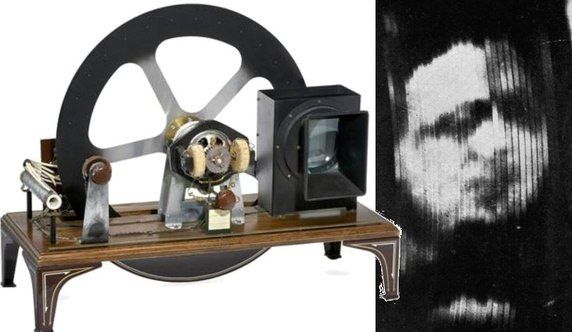
But the Televisor was not quite a TV. Like the oscilloscope and the zoetrope, it was a technology precursor. Filo T. Farnsworth is the Satoshi Nakamoto of television. He is credited with inventing TV [photo below]. Yet, he did not demonstrate the modern ‘cathode ray’ television until 1934. The first broadcast by NBC was in July 1936, ten years years after the original Baird invention. (Compare this to Bitcoin and the blockchain, which are only 7 years old).
Most early TV set brands died during the first 10 years of production: Who remembers Dumont, Andrea and Cossor? No one! These brands are just a footnote to history! Bear in mind that this was all before anyone had heard of Lucille Ball, The Tonight Show or the Honeymooners. In the late 1950s, Rod Serling formed Cayuga Productions to film the Twilight Zone in New York. Hollywood had few studios for dramatic television production, and the west coast lacked an infrastructure for weekly episode distribution.
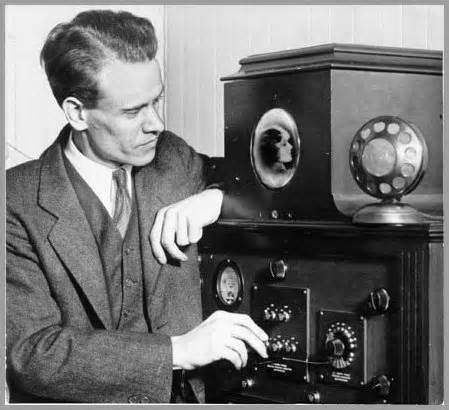
Filo T. Farnsworth demonstrates an advanced television receiver
Through the 1950s (25 years after TV was demonstrated), there was no DVR, DVD or even video tape. Viewers at home watched live broadcasts at the same time as the studio audience.
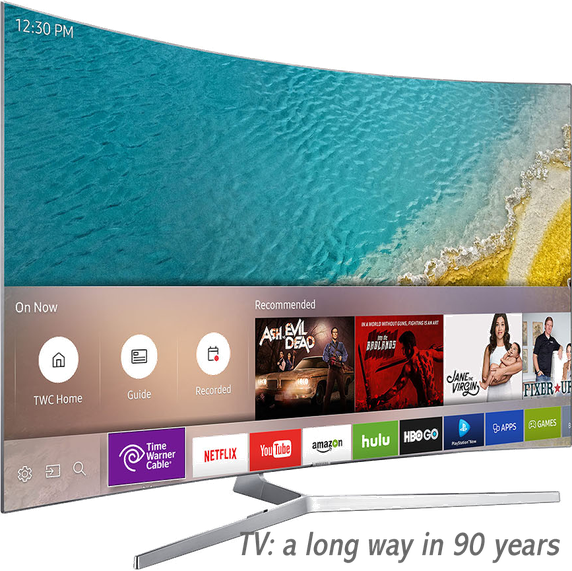
The short answer to your question: No. Absolutely not! It’s not too late to get into Bitcoin and the blockchain. Not too late, at all. That ship is just pulling into the dock and seats are mostly empty. The big beneficiaries of blockchain technology (it’s application, consulting, investing or savings) have not yet formed their first ventures. In fact, many of the big players of tomorrow have not yet been born.
Philip Raymond is a Lifeboat columnist and contributor to Quora. He is also co-chair of Cryptocurrency Standards Association and editor at A Wild Duck.

